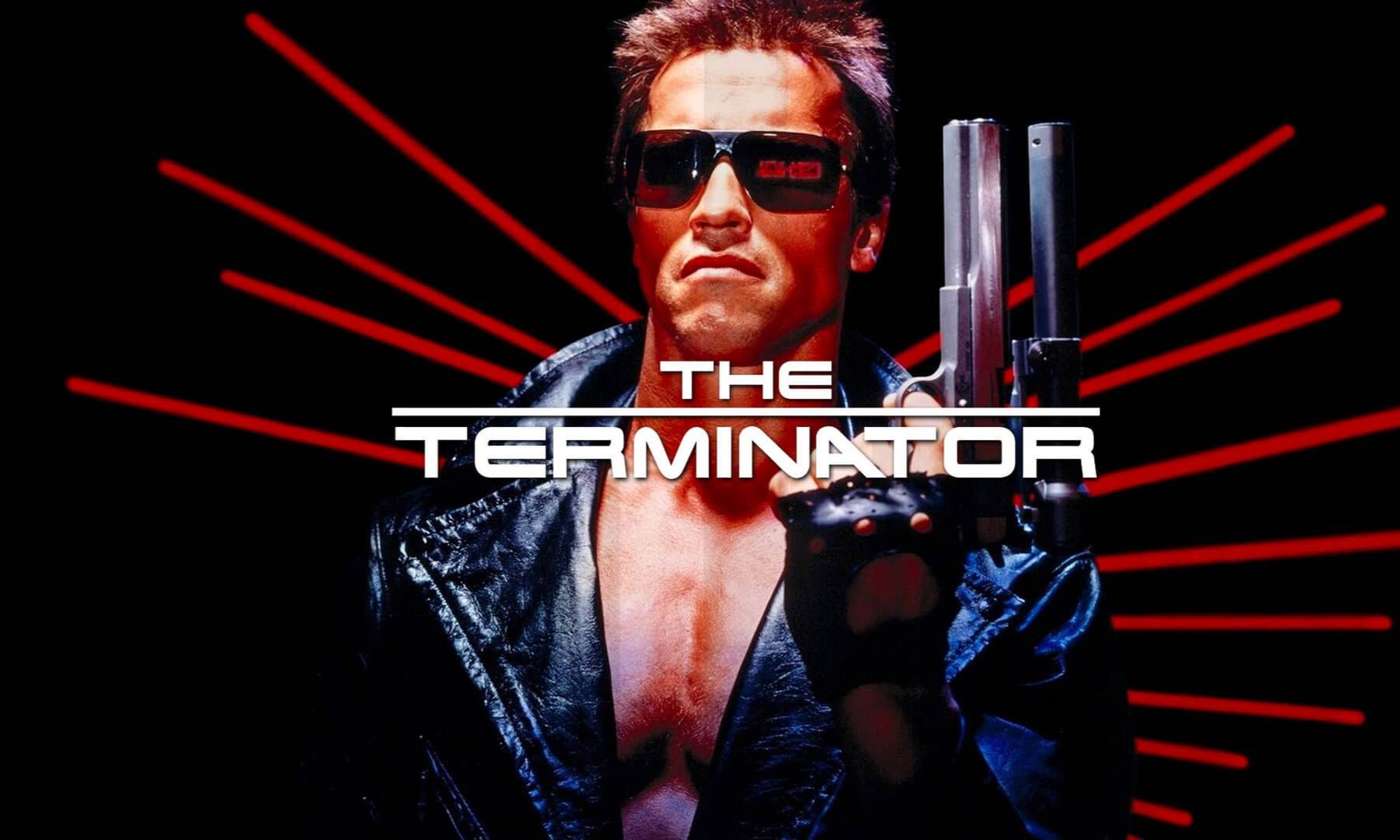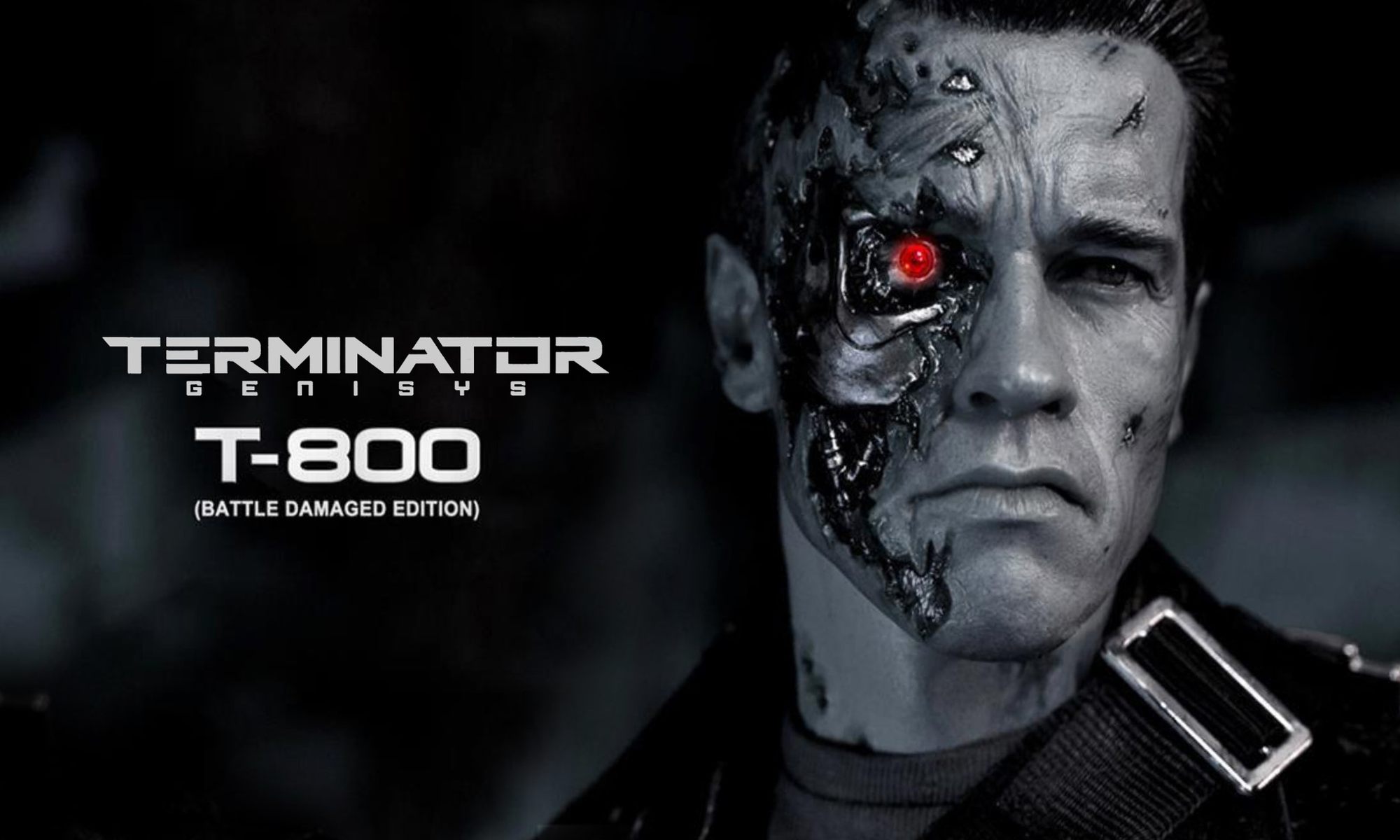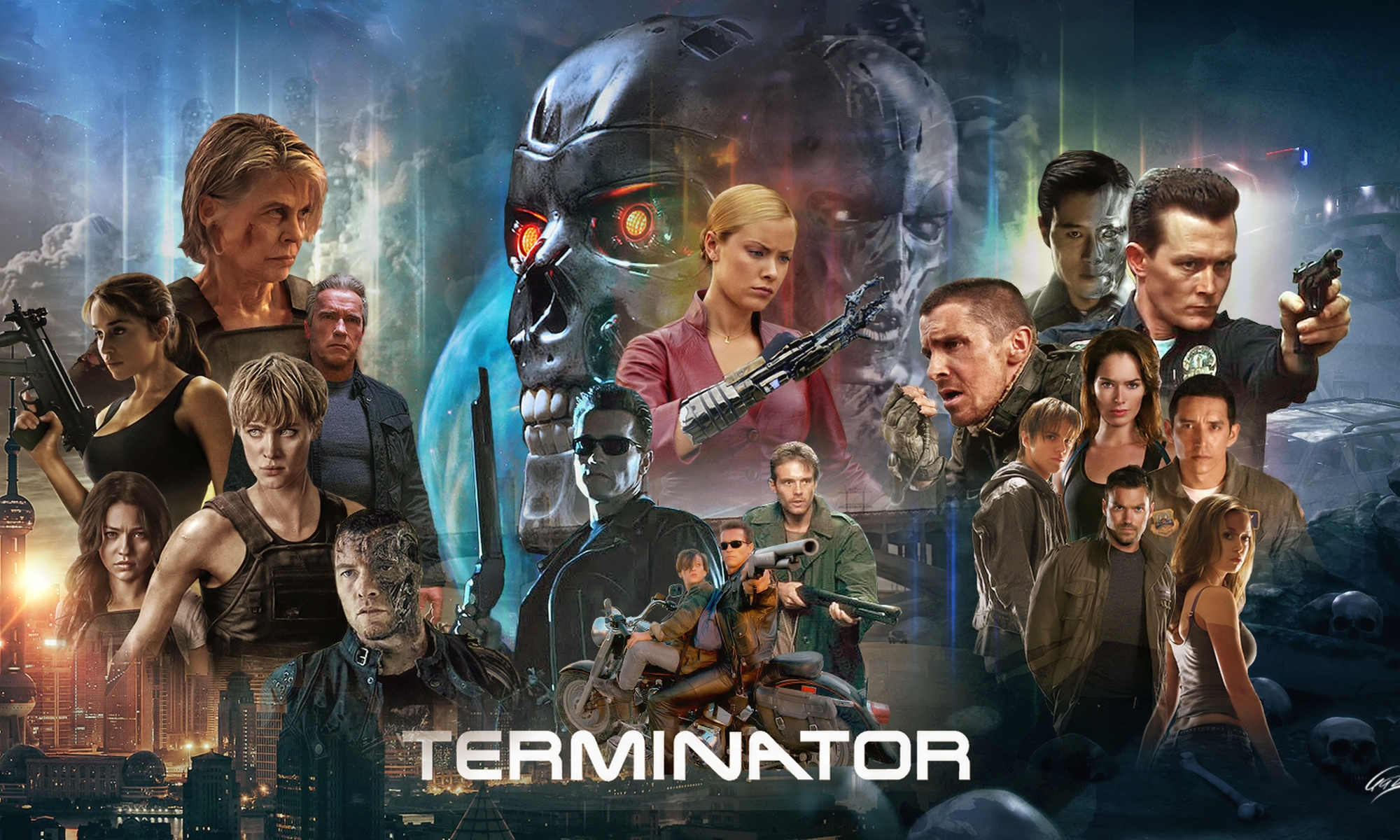James Cameron leans back in his chair, staring at the flickering light of a projector playing The Terminator behind him. The cold, mechanical glow of the T-800’s red eyes pierces the darkness like an unholy prophecy. He exhales, tapping his fingers together, before finally speaking.
“You ever read Revelation 19?” he asks, his voice low, almost confessional. “It talks about a rider on a white horse, eyes like flames of fire, coming to bring judgment. When I designed the Terminator, I didn’t realize it at first, but it was all there—this apocalyptic vision of an unstoppable force, a world on the brink of destruction, and a war that was both cosmic and deeply personal.”
JCJ leans forward, intrigued. “So, you’re saying The Terminator was a twisted, dystopian version of the Wedding of the Lamb?”
Cameron nods slowly. “Kyle and Sarah’s love—it’s the last fragile light in a dying world. Their union isn’t just romance; it’s resistance. A last act of defiance against an iron-fisted fate. In Revelation, the Lamb marries his bride before the final battle. In my film, Reese and Sarah make love before he goes to war with the machine.”
JCJ’s mind races. “And the rod? Revelation says Christ will rule with a rod of iron. Kyle fights the Terminator with that metal pipe—”
“Exactly,” Cameron cuts in, his eyes gleaming. “Kyle was a soldier from the future, a man willing to die for love, for hope. And just like in Revelation, there’s this looming war, this beast that can’t be reasoned with. No compromise. No surrender.”
JCJ shakes his head in disbelief. “And people say Hollywood doesn’t use the Bible.”
Cameron chuckles darkly. “They use it all the time. They just don’t want you to know.”



